
Learn how much plumbers cost in Columbus, Ohio. Discover pricing for faucet repairs, pipe work, and emergency services, plus how you can save money.
Protect your pipes from winter’s icy grip with these essential tips


Plumbing problems can quickly get expensive, and it’s common for them to crop up during the cold winter months as freezing temperatures hit, leading to burst pipes, water damage, and other costly problems. By taking proactive steps to protect your plumbing, you can help ensure your home stays safe and dry all season long. Here are essential tips to keep your plumbing in top shape this winter.
Addressing pipe leaks before the winter months hit is essential. Leaks not only waste water and increase your utility bills, but they also cause pipes to expand when the water inside them freezes, potentially leading to burst pipes and costly repairs. Fixing these leaks promptly will help avoid significant damage during the colder months.
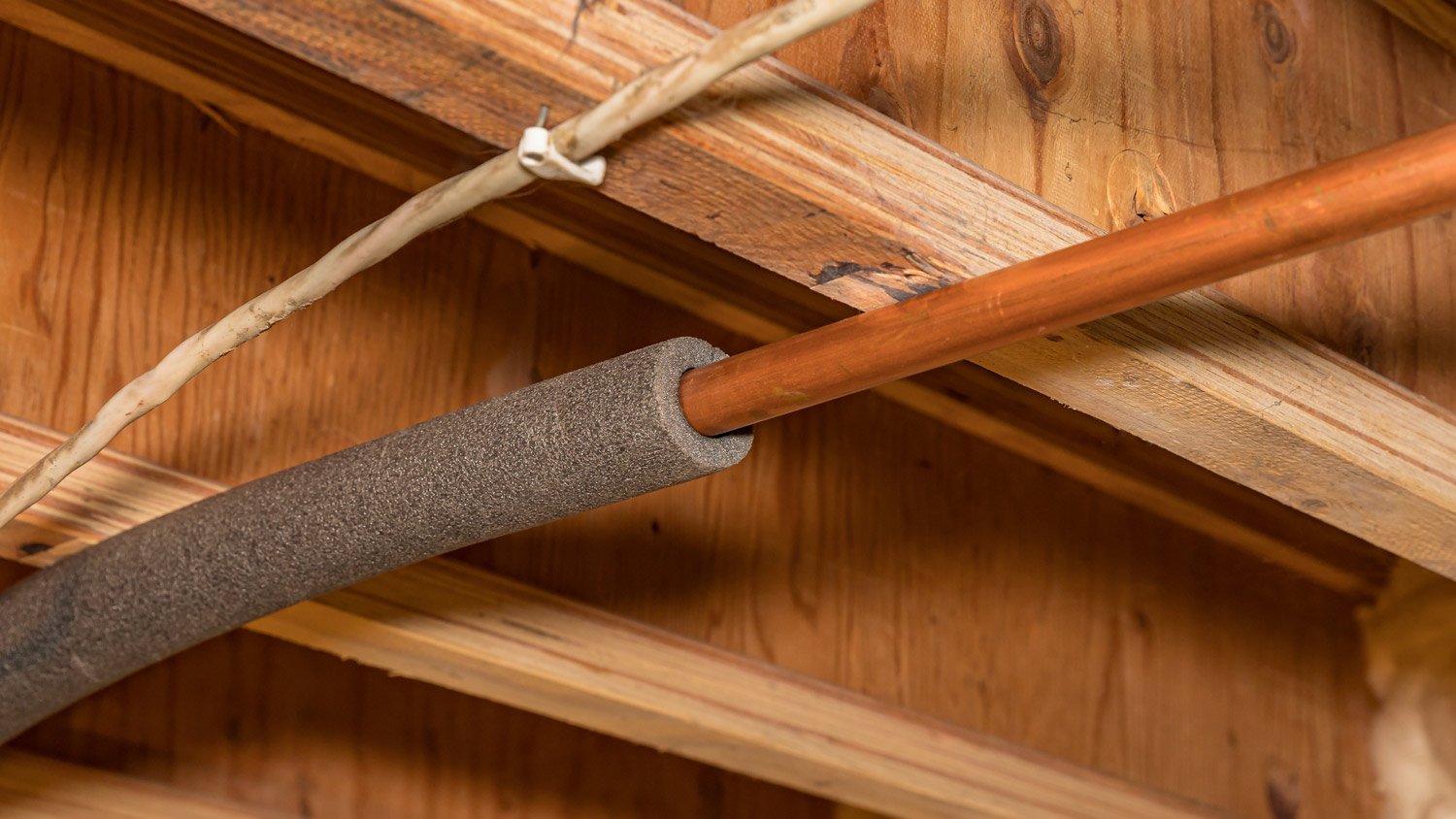
Proper pipe insulation can significantly reduce the risk of pipes bursting due to extreme cold, and it’s particularly important in unheated areas, like crawl spaces. You can use things like foam pipe insulation or heat tape to wrap around the pipes, ensuring all joints and bends are fully covered.
If a pipe bursts in or around your home, you’ll need to shut off the water supply immediately to minimize damage. This valve is usually located near where the water line enters your home, often near the water meter outside or in a basement or utility room. Make sure you know exactly where it is, then test the valve periodically by turning it off and on to ensure it doesn't stick or leak.
When the forecast predicts a freeze, keep a trickle of water running through faucets connected to exposed pipes. Flowing water is less likely to freeze, and even if it does, the drip can help prevent pressure from building up between the faucet and the ice formation, reducing the risk of a pipe burst.
Pipes located under sinks, especially in and around exterior walls, are more vulnerable to freezing, so keep your cabinet doors open to allow warm air from your home to circulate around the pipes. This is particularly important during extreme cold snaps. Just make sure any harmful chemicals or cleaning products stored under the sink are out of reach of children and pets.
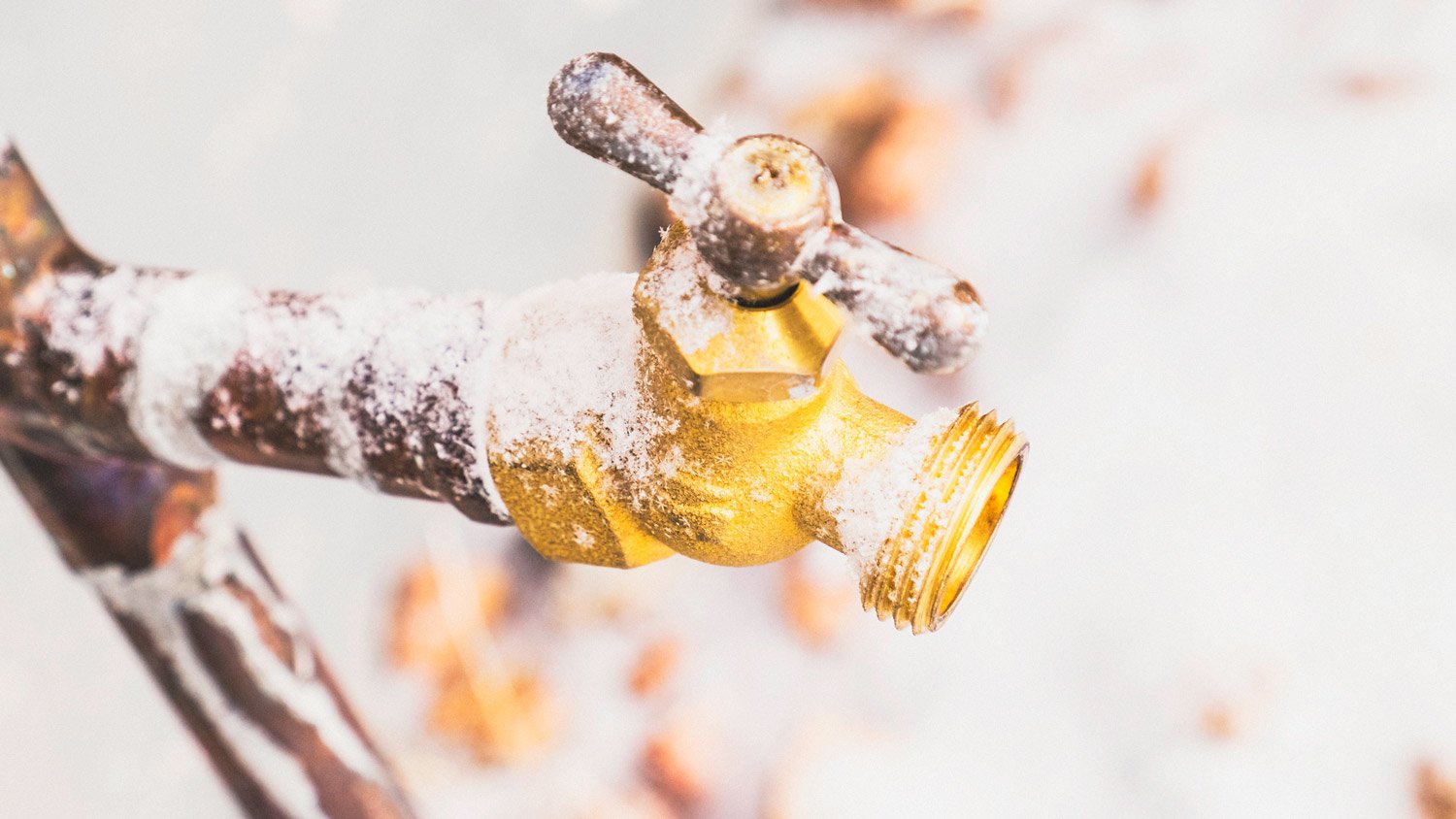
Any water left in your hoses can freeze, expand, and potentially cause the connecting faucet or pipe to burst. To avoid this problem, disconnect all outdoor hoses, drain them, and store them indoors prior to a freeze. Also, leave the exterior faucet open to drain any remaining water, and if you have a separate water valve for outdoor faucets, shut that off as well.
Cold air can sneak into crawl spaces and freeze pipes, especially in older homes. To protect your plumbing, seal off your crawl space vents by covering them with sturdy materials, like thick foam board insulation, and secure them with weatherproof tape or caulk to ensure a tight seal. Additionally, inspect the access door to the crawl space, making sure it fits snugly and is properly insulated to prevent drafts.
Your water heater works harder during winter, and the last thing you want is for it to fail when you need it most. Schedule a maintenance and plumbing inspection to ensure it’s running efficiently. Have a plumber inspect the anode rod, which prevents rust from forming inside the tank, and flush the tank to remove any sediment buildup. This simple maintenance step can extend the life of your water heater and ensure you have a steady supply of hot water all winter long.
If you’re planning to be away during the winter, don’t turn off the heat prior to your trip. Instead, set your thermostat to at least 55 degrees Fahrenheit to keep the interior of your home warm enough to prevent pipes from freezing while you’re away.
If you’re using standard outdoor faucets, consider upgrading to frost-free spigots. These faucets are designed to keep the water supply line inside your home, where it’s warmer, reducing the risk of freezing. Installation is a relatively simple DIY project, or you can hire a plumber to do it for you. It’s a small investment that can save you from major headaches down the road.
The holiday season often means more cooking, and with it, more kitchen drain usage. Avoid pouring fats or oils down the drain, as they can solidify and clog your pipes. Instead, let grease cool and dispose of it in the trash.
Also, be cautious with what you put down the garbage disposal. Fibrous foods like celery, potato peels, and corn husks can clog the disposal and lead to kitchen sink backups. Running cold water before, during, and after using the disposal can help keep the system clear.
If your home has a sump pump, make sure it’s ready for winter. Test it by pouring a bucket of water into the sump pit to see if the pump activates and drains the water. You should also check the discharge line to ensure it’s clear of debris and drains away from your home’s foundation. A frozen or clogged discharge line can cause the sump pump to fail, leading to basement flooding.
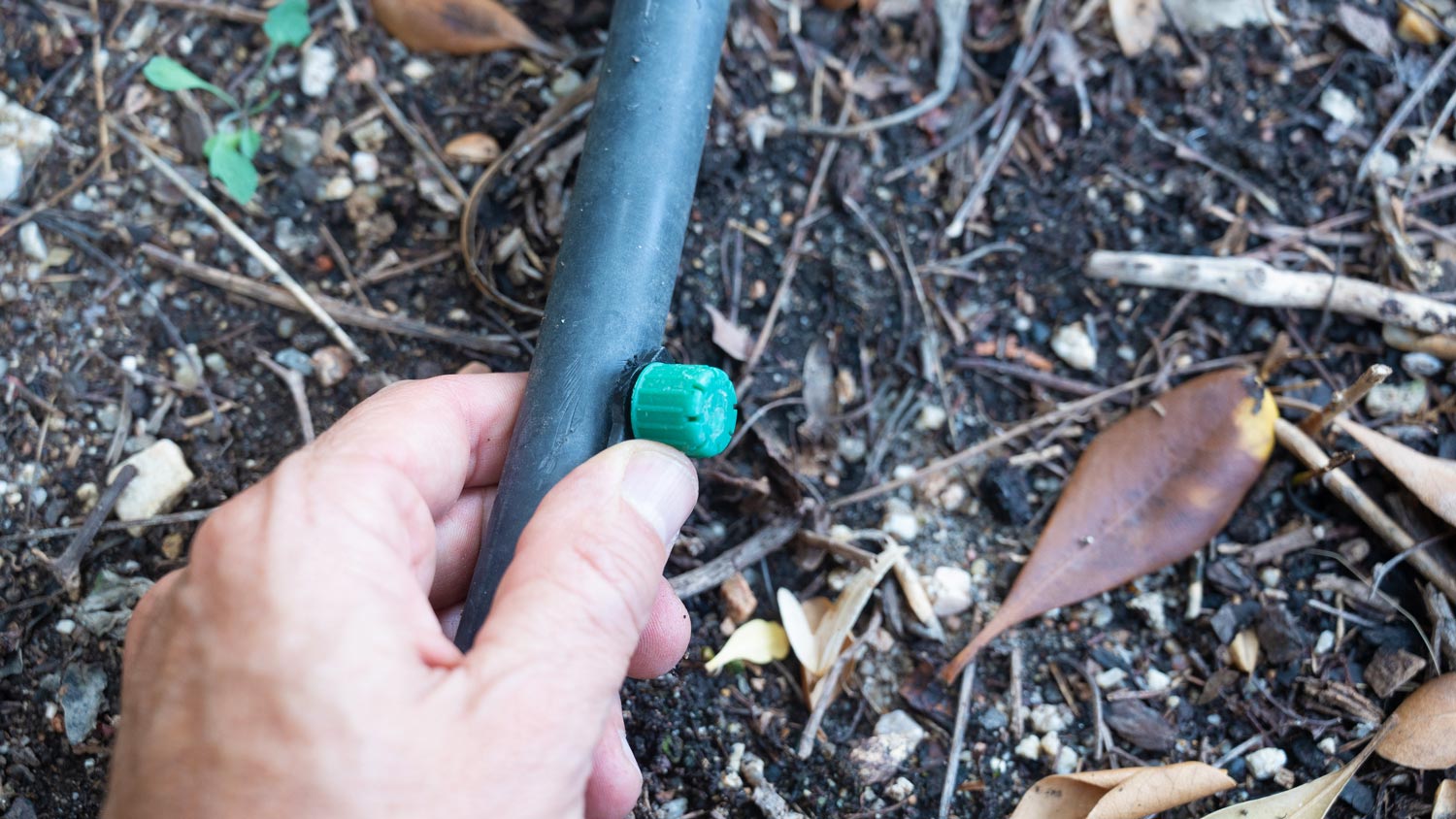
If you have an irrigation system, it’s crucial to winterize it before the first freeze. Drain all water from the pipes, valves, and sprinkler heads to prevent them from freezing and cracking. Many systems have a built-in drain valve, but you may also need to blow out the lines with compressed air to ensure they are completely dry. This step helps avoid costly repairs when you turn the system back on in the spring.
If a pipe does freeze, it’s important to thaw it safely to avoid further damage. Use a hairdryer or heat lamp to slowly warm the pipe, starting from the faucet and moving toward the frozen area. Don’t use open flames, as they can damage the pipe and create a fire hazard. If you’re unsure how to proceed, it’s best to call a local plumber to help you.
From average costs to expert advice, get all the answers you need to get your job done.

Learn how much plumbers cost in Columbus, Ohio. Discover pricing for faucet repairs, pipe work, and emergency services, plus how you can save money.
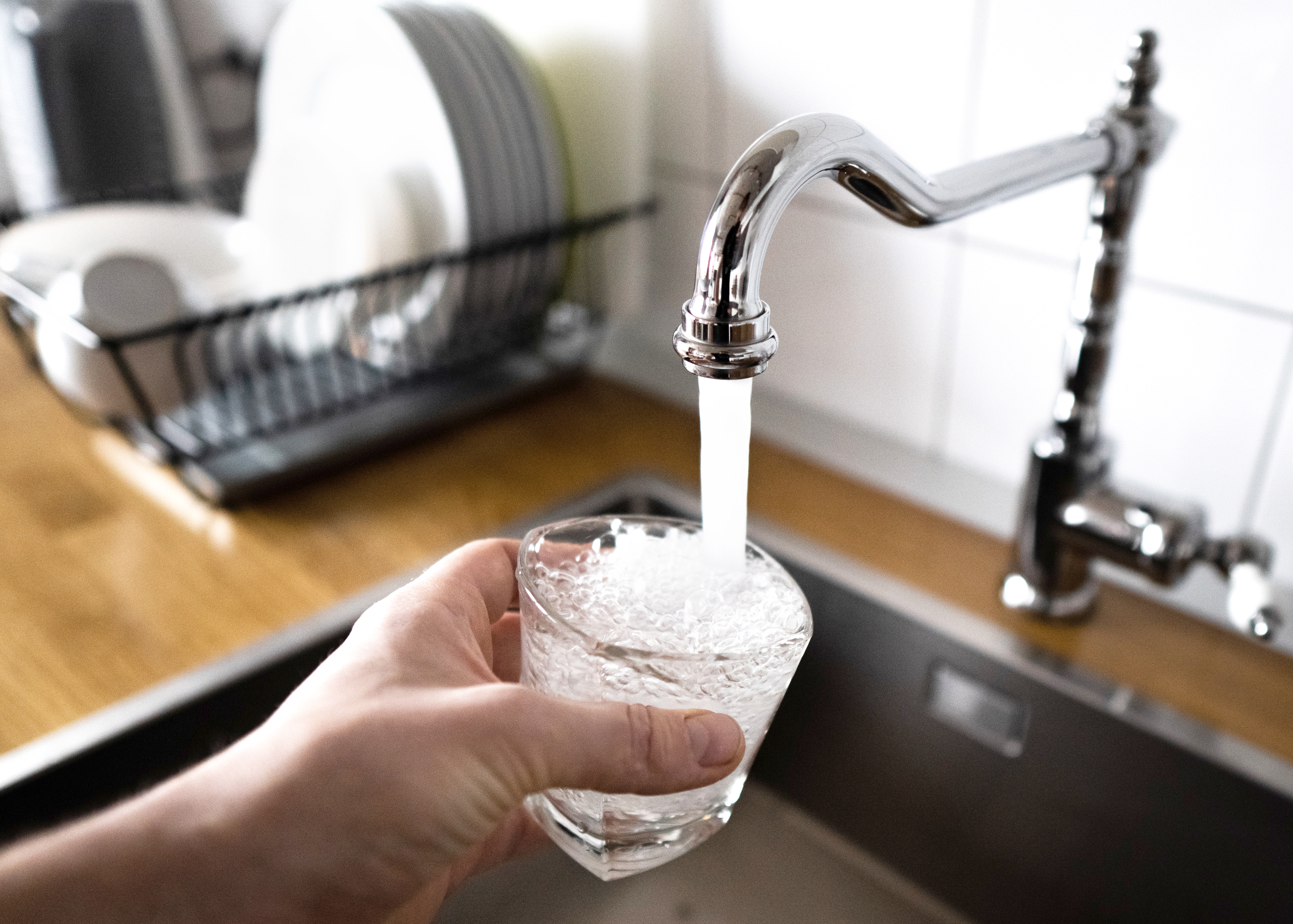
Learn about main water line repair costs in Columbus and what affects pricing to be prepared before you start getting estimates.
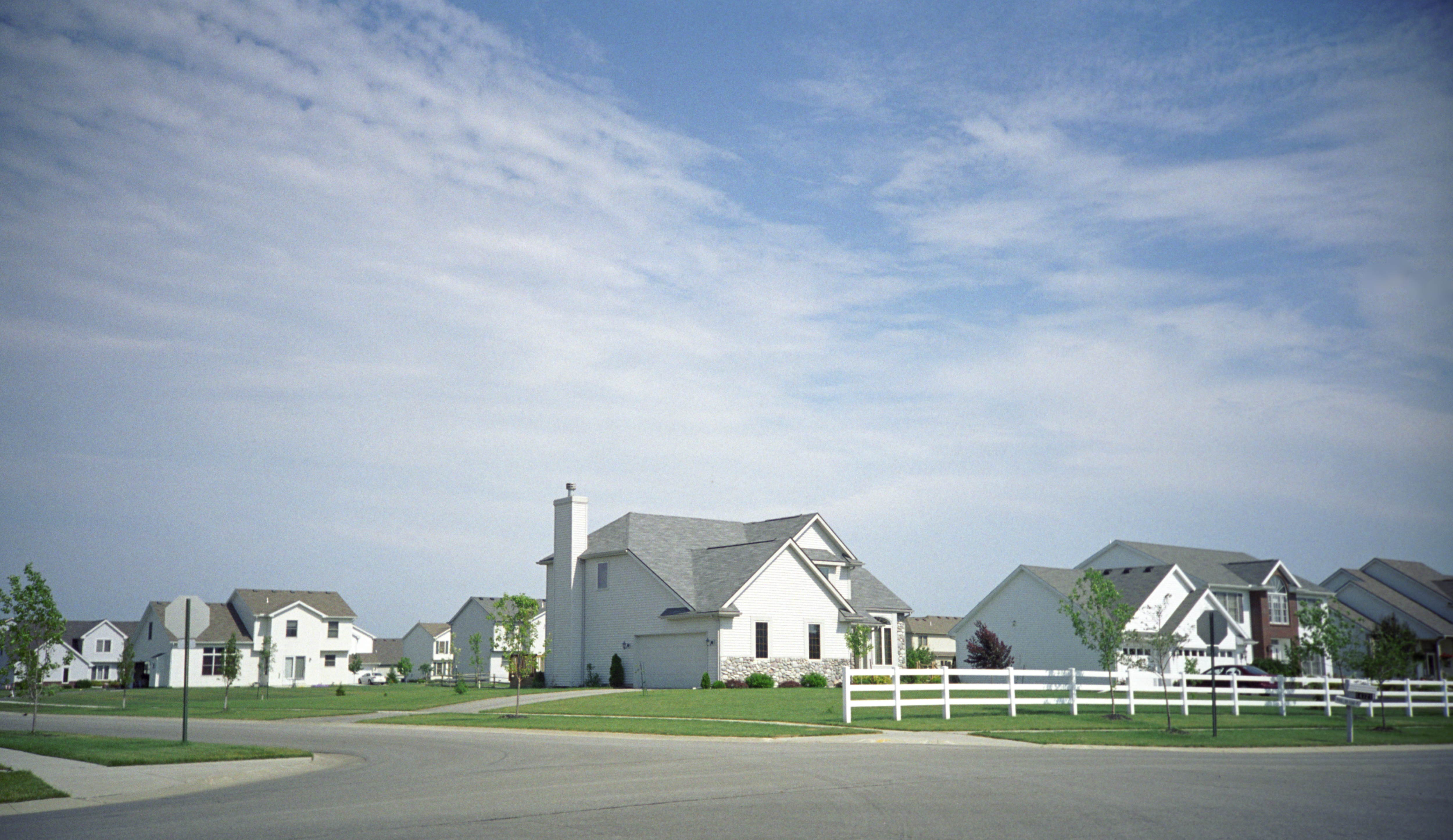
Discover the leading factors affecting your main water line replacement cost in Columbus, including length, material selection, and installation details.
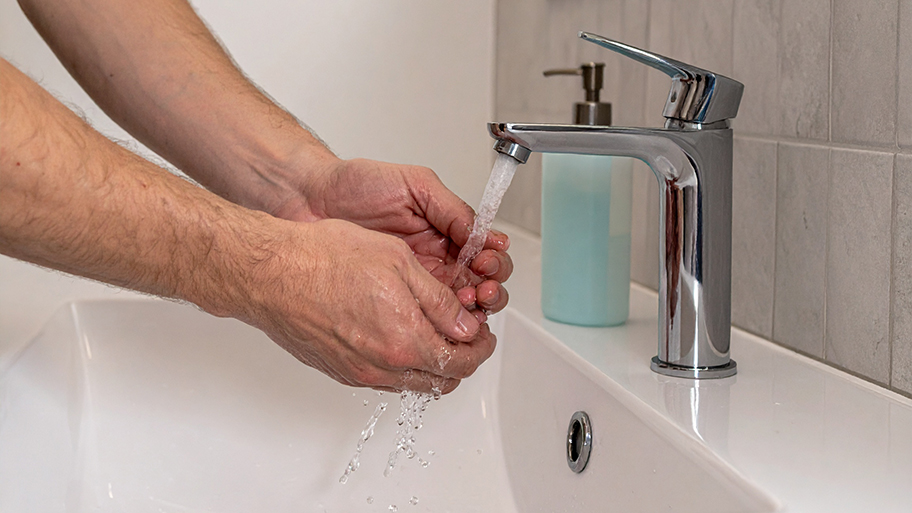
Replacing or upgrading plumbing in your home? Make sure you know how to measure pipe size accurately to avoid buying the wrong materials.

Dealing with slow-draining sinks or a full toilet clog? Use this DIY guide on how to clear clogged drains to get your drain working again in no time at all.

You never know when learning how to unclog a toilet will come in handy. Get to know these eight methods for the next time things stop flowing.